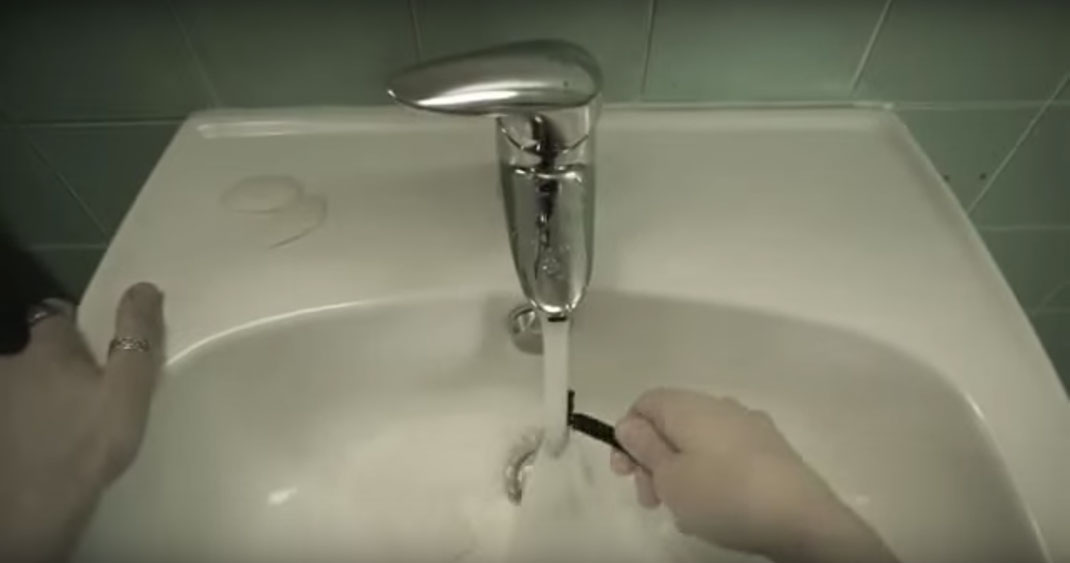

Throughout his career, he also worked as a set designer for the theater, as well as an illustrator and printmaker, producing vibrant, whimsical drawings for books and journals.įind original Alexander Calder art today on 1stDibs. Braque, Derriere Le Miroir N° 166 Juin 1667 (Im Impressum mit Druckfehler) derniers messages (4 reproductions en impression lithographique en couleurs daprès des gouaches dont 1 en double page. He worked from loose gestural drawings like this preparatory sketch for his Man Stabile, from 1966.


In the 1950s, Calder returned to his roots in mechanical engineering, creating monumental abstract sculptures that verged on the architectural. Always interested in putting forms in motion, Calder also pioneered a new art form called wire sculptures, which he described as “drawings in space.” Like his famous mobiles, the wire sculptures were suspended so that they turned with any movement of the air, presenting different forms when viewed from different angles. Designed to be transportable, Cirque grew to fill five suitcases over the years. He began creating the many parts of his famous miniature circus from found materials, such as wire, string, cloth, rubber and cork. In 1981 kwam zijn laatste litho voor een Derrire le Miroir, oplage: 20.000 Hieronder ziet u de bij ons aanwezige originele litho's van Chagall uit alle. In 1952 begon dat met een Derrire le Miroir waarvoor hij twee litho's maakte.
Derriere le miroir full#
93-103 C., books 24) the complete set of nine unsigned lithographs in colors and two unsigned lithographs in black, including two unsigned lithographs in colors for the cover, in-texte, text, on wove paper, the colors very good, from the edition of 2500, the full sheets, loose, scattered foxing showing mostly on. Chagall werkte aan 13 afleveringen mee in de vorm van originele litho's, vaak heel mooie. In 1926, Calder moved to Paris and established a studio in the Montparnasse quarter. 66-67-68., Paris, Maeght Editeur, 1954 (M. The piece Derrire le miroir (Behind the mirror) solemnly begins with sounding bells played by the different brass instruments varying sound colours. He never abandoned his engineering background, however, applying his understanding of gears and moving parts in all his artworks, from mechanical toys like the Cirque Calder (1931) and his revered prints to his free-standing abstract sculptures, called stabiles. Art galleries, auction houses and booksellers often refer to this art. He worked a number of jobs, including as a hydraulic engineer and draftsman for the New York Edison Company, before deciding to pursue an artistic career. Derrire le Miroir is a French art magazine created in 1946 and published until 1982. The American sculptor Alexander Calder is known as the father of the mobile, a moving artwork composed of delicately balanced sculptural forms suspended from the ceiling.īecause Calder's parents, both artists themselves, did not want him to suffer the hardships of trying to make a living in art, they encouraged the young Calder to study mechanical engineering at the Stevens Institute of Technology, in Hoboken, New Jersey.


 0 kommentar(er)
0 kommentar(er)
